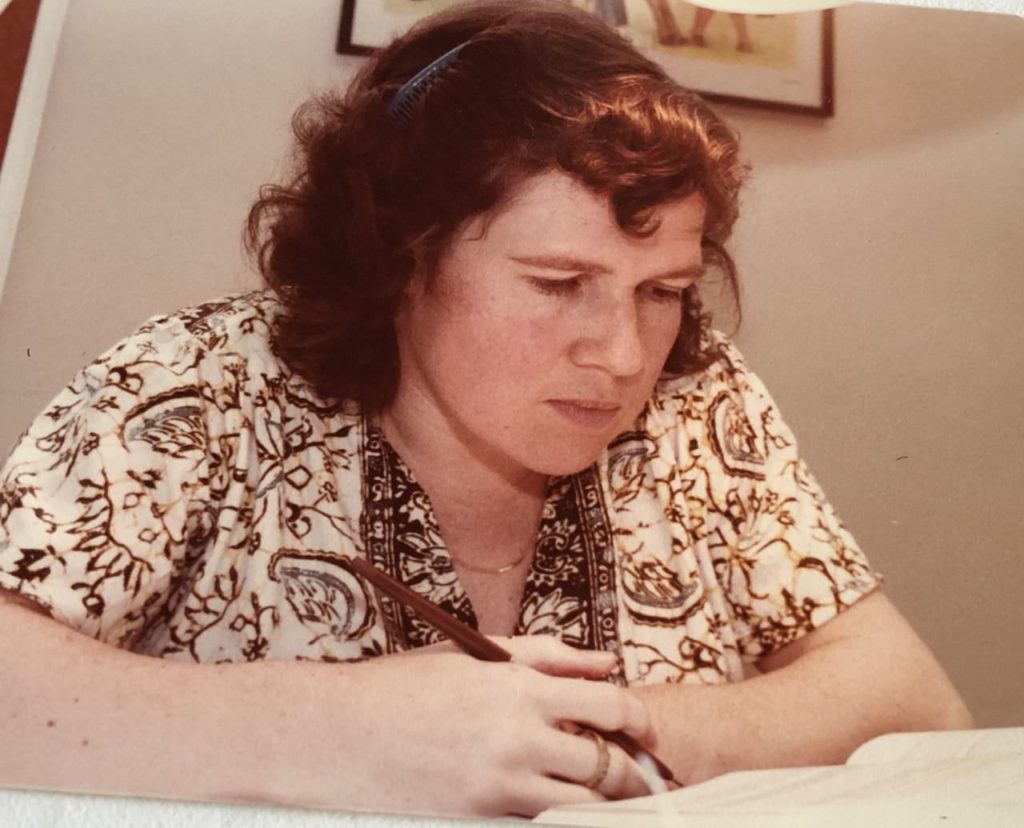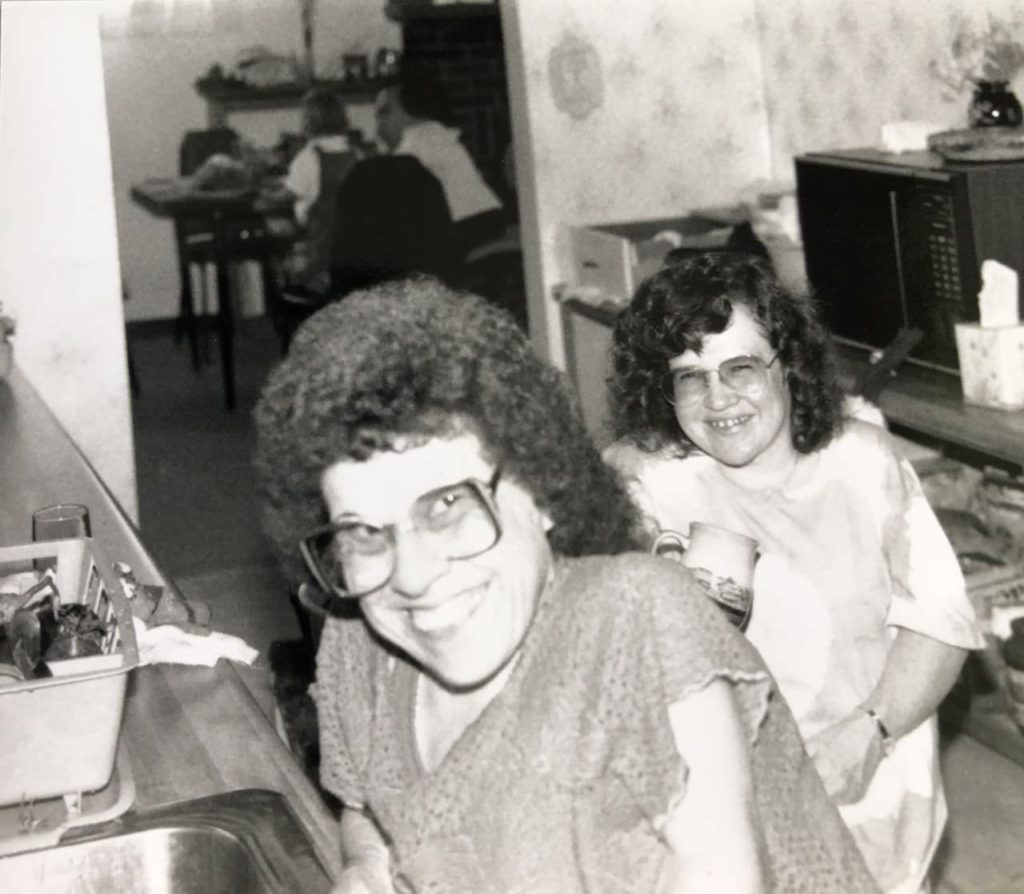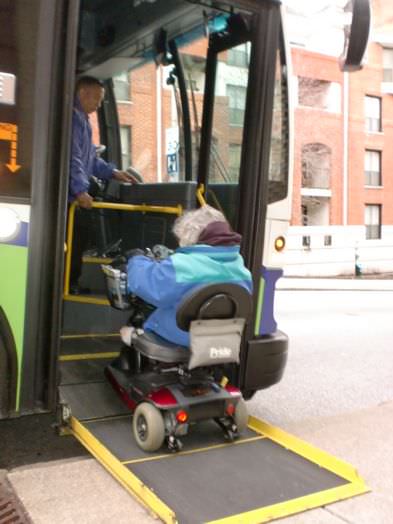
Scuba diving on the Great Barrier Reef had been on Robert’s bucket list for years. The reef, one of the seven wonders of the natural world, is the only living thing on earth visible from space. A decade ago, Robert couldn’t don a space suit to see the 1,429 mile reef. So he packed his custom-made wetsuit, snorkel, goggles and flippers to see the reef underwater. However, his trip of a lifetime to Port Douglas in Queensland, Australia was missing an essential document—a scuba diving certificate.
Knowing that other little people are certified scuba divers, Robert was optimistic he would qualify.
Want to subscribe to receive blog updates sign up today!
He studied in a classroom, in the pool, and in the Jupiter, Florida inlet with a professional scuba diver who had experience teaching people with disabilities. But it was not to be. Scuba tanks of different sizes tipped Robert backwards and he was unable to flip himself over to see where he was going. Nothing worked. He would have to find another way to see the reef.
My Australian family joined us on the trip to Port Douglas. But when we stepped off the elevator on the way to our hotel rooms we were shocked to see a half flight of stairs. What? We had booked an accessible room! But the front desk insisted that there were none available. This meant that my brother, sister, and brother-in-law were stuck carrying two 100lb scooters up and down the stairs every time we went out.
But there was no point in staying mad. We determined to enjoy a week together surrounded by the beauty of God’s creation in wildlife parks and the Daintree Rainforest. We held a parrot, cockatiels, and a koala so big that it hardly fit on Robert’s lap. Our encounter with crocodiles occurred in the wild, but thankfully we were on a boat.
And Robert did find another way to go underwater on the Great Barrier Reef. In Diver Dan fashion of the 1960s TV show, he descended about 12 feet wearing a glass diver’s helmet attached to an oxygen hose. After diving staff helped Robert down the vertical ladder, they closely monitored the water level on his helmet as it lapped just under his nose!
There was no mermaid, but Robert was accompanied by my sister, Deborah, as they did their ocean walk on a platform above the reef. They marveled at fish swimming right past their faces. Robert capped off his day on the reef snorkeling at surface level with Deborah and my brother, Greg.
In contrast, I was content to view the fish and coral through the windows of a semi-submersible boat seated just one meter underwater. The closest I got to checking off a bucket “list” item was deplaning onto the tarmac in Cairns, Queensland in a bucket “lift;” this was necessary as the plane did not pull into a gate served by a jetway into the terminal.
So what items have you checked off your bucket list?
This is an expanded story from chapter 24, Dad’s Alzheimer’s Disease, in “Pass Me Your Shoes.” Retail links to the book are found at https://angelamuirvanetten.com.









